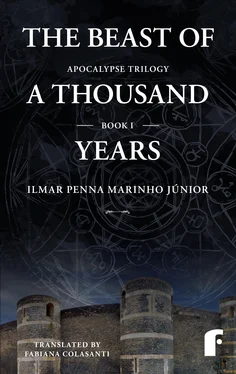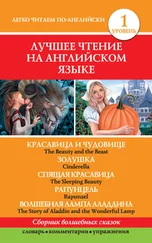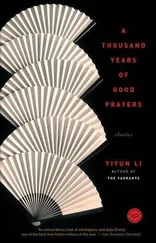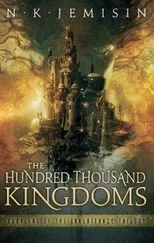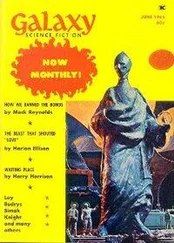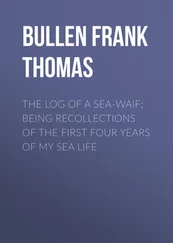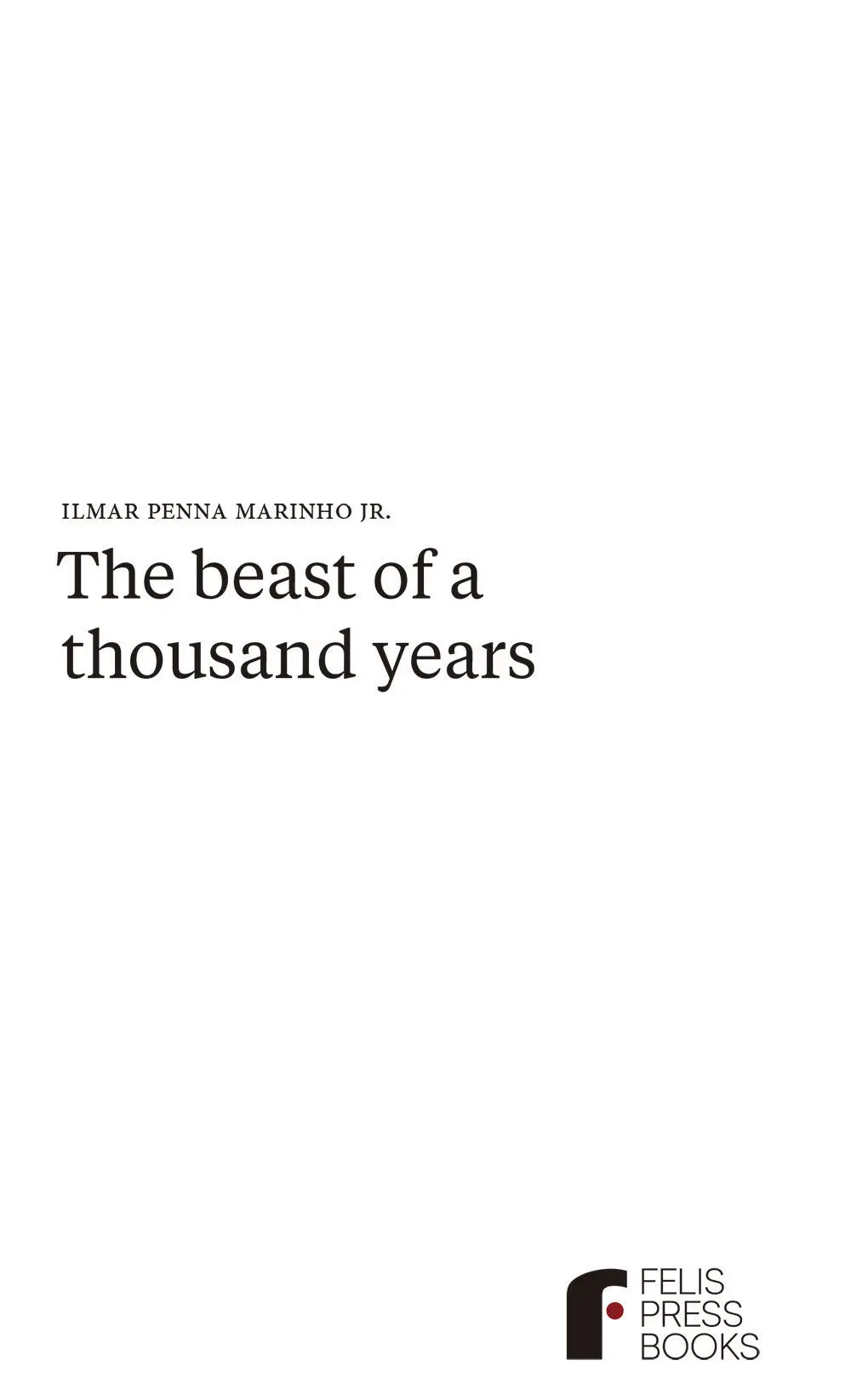
Credits
© Gato-Bravo, 2020 All rights reserved.
© Felis Press Books, 2020 All rights reserved.
© Jaguatirica, 2018. All rights reserved.
Title: The beast of a thousand years
Author: Ilmar Penna Marinho Jr.
Translated from the original Portuguese language edition “A besta dos mil anos” ISBN 9788556621290 Copyright 2018 © by Editora Jaguatirica, Rio de Janeiro, Brasil. All rights reserved including the right of reproduction in whole or in part in any form.
publisher Paula Cajaty
design 54 Design
cover design Aline Martins
revised Fabiana Colasanti, Louisa Lopes
translation Fabiana Colasanti
Issued in electronic and printed format.
Print run by Ingram.
ISBN 978-989-8938-83-1
E-ISBN 978-989-8938-84-8

Content
About the Author About the Author ILMAR PENNA MARINHO JUNIOR was born in Rio de Janeiro. He spent his childhood and teenage years in Europe, where he learned to appreciate the French culture. He is a journalist and has graduated in Law at PUC-RIO, and in Master of Comparative Law at Georgetown University, Washington, DC. He has been Secretary of Administration of the State of Rio de Janeiro, with relevant management and advisory functions at PETROBRAS, and studied at the Military Academy (ESG – Escola Superior de Guerra). He has published seven books, and today dedicates his life to literature, historical researches, and traveling.
Chapter 1
Chapter 2
Chapter 3
Chapter 4
Chapter 5
Chapter 6
Chapter 7
Chapter 8
Chapter 9
Chapter 10
Chapter 11
Chapter 12
Chapter 13
Chapter 14
Chapter 15
Chapter 16
Chapter 17
Chapter 18
Chapter 19
Chapter 20
Chapter 21
Chapter 22
Chapter 23
Chapter 24
Chapter 25
Chapter 26
Chapter 27
Chapter 28
Chapter 29
Chapter 30
About the Author
ILMAR PENNA MARINHO JUNIOR was born in Rio de Janeiro. He spent his childhood and teenage years in Europe, where he learned to appreciate the French culture. He is a journalist and has graduated in Law at PUC-RIO, and in Master of Comparative Law at Georgetown University, Washington, DC. He has been Secretary of Administration of the State of Rio de Janeiro, with relevant management and advisory functions at PETROBRAS, and studied at the Military Academy (ESG – Escola Superior de Guerra). He has published seven books, and today dedicates his life to literature, historical researches, and traveling.
To my solar muse and
unrelenting proofreader
Solange Maria de Castro
Barbosa Cordeiro da Silva,
who inspired me to visit
the Apocalypse Tapestry
in Château D’Angers.
Chapter 1
THE LARGEST AND MOST IMPRESSIVE TAPESTRY in the world was the topic of the lecture given by the curator of Château D’Angers at the 21st edition of the Journalism Festival, promoted annually by the municipal administration of the historical capital of Anjou, located in the Loire Valley, France, with its majestic castles and delicious rosé wines.
“My friends, I have the honor to be here, at the Palais des Arts, to talk to you about the magnificent tapestry inspired by the last book of the Gospel, or better yet, by the Apocalypse, according to Saint John. A stunning work of art that transcends the feudal values and the imagination and that was only displayed during the big festive events of the royalty to show the power and the luxury of the princes of Anjou. I’m also proud to tell you about Château D’Angers, this impregnable military fortress, built by a woman with a fighting spirit, ruler Blanche de Castille. Currently, the castle houses the Apocalypse Tapestry and the Museum of Medieval Weapons, which gathers the most complete collection of war crossbows in France, this blessed land of François Villon, Pierre de Ronsard, and Joachim du Bellay…”
From then on, it begins, on the night of October 13th, 2006, a long journey through time made by renowned historian and curator Ferdinand Rochemont de Sailly, assisted by priest Antoine Duvert, both speakers at the auditorium of the Palais des Arts. Initially, there was an explanation about how the province of Anjou was annexed to the kingdom of France in 1204, and how the ruler Blanche de Castille, who reigned from 1221 to 1244, mother of ten children, had a colossal fortress built, with seventeen towers, to fend off the threats and ambitions of the then king of England, Henry III. The curator sang praises to the beauty and wisdom of the ruler, celebrated in medieval songs and verses, as she had the same sovereign authority and determination of Catherine II of Russia, known as Catherine, the Great.
Then, the curator, wearing a blazer and a bowtie, revived the tumultuous life of Louis I of Valois, Duke of Anjou and Touraine, king of Naples (Napoli), Italy, and Count of Provence, France, the second son of King John II, the Good, and brother of Charles V, the Wise, both kings of France, of the Valois dynasty. He told that, during the time of English domination and the Hundred Year’s War, Louis I, even residing only for a brief period in Château D’Angers, commissioned, in 1373, the famous Apocalypse Tapestry to the Parisian workshop of Nicolas Bataille, who took nine years to complete it. He then projected several texts and photos to illustrate the saga of the origin, and the destruction and resurrection from the ashes of the most famous French medieval tapestry. He didn’t shy away from reproaching Louis II’s son, René, the last Duke of Anjou who lived in the castle, also known as René I of Anjou, Duke of Lorraine, France, and king of Naples, the Good King René (Le Bon Roi René), who donated the tapestry, in his will, to the ecclesiastical dignitaries of the Angers Cathedral, dedicated to Saint Maurice, patron of the city.
“It was a real sacrilege what they did to the haute lisse tapestry donated to the cathedral. As a consequence of this thoughtless act, it was cut into pieces and offered for sale.”
After the remark, in a heartfelt tone, Ferdinand de Sailly explained that, during the French Revolution, the sacred objects were destroyed. In the case of the tapestry, something extraordinary happened. Instead of disappearing, the dismembered pieces were miraculously reassembled at Saint-Serge Abbey.
The curator, noticing that Father Antoine couldn’t sit still, showing evident impatience, authorized him, with a nod, to read a document from 1806 that he had just taken out of his briefcase and described the terrible state of the tapestry, thrown in “a damp place, where it would break and tear apart at the mere touch of a hand.” But the priest wasn’t satisfied just reading, and also expressed his opinion about the chromatic vitality of the religious oeuvre.
“It’s very important to point out that the tapestry maintains to this day, on the reverse side, all the power of its original colors: hot reds, deep blues, golden oranges, and stunning greens. These colors blend into the splendid images of the twenty-four elders, the Four Horsemen of the Apocalypse, the trumpeting angels of the Annunciation, the worshipers of the Antichrist, the formidable beasts with seven heads, the chosen ones, the baldachins, and the gothic churches.”
Taking the floor once more, the curator pointed out that the results, especially of the most recent restorations, were not always successful, because modern chemical dyes would prove, over time, to be inappropriate for the restoration of masterpieces woven by master medieval craftsmen, who used natural dyes, extracted from plants.
Читать дальше
